Business in the Philippines, Manila, ASEAN
Philippine Economy and Foreign Trade, Logistics, software, BPO, cement
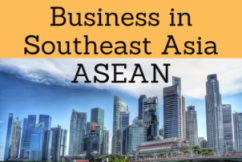
The Republic of the Philippines is one of the fastest economies in South-east Asia.
The Philippines is a newly industrialized country and one of the Next Eleven economies
The Philippines is one of the top ten gold producers in the World
Key emerging sectors of the Philippine economy: electronics, business process outsourcing, and software development
- Introduction to the Republic of the Philippines (Southeast Asia ASEAN)
- Doing Business in Manila
- Philippine Economy
- Philippine International Trade
- Transport and Logistics
- Investment in the Philippines
- Business Opportunities in the Philippines:
- Electronics
- Software development
- Business process outsourcing
- Cement
- Renewable energy
- Case Study
- San Miguel Corporation
- SM Group
- Access to the Philippine market
- Business Plan for the Philippines
International Trade and Business in the Philippines:

The educational aims of the Subject “Foreign Trade, Logistics and Business in the Philippines” are:
- To analyze the Philippine Economy, Logistics and Global Trade
- To conduct research on business opportunities in the Philippines
- To explore the Philippine trade relations with the student's country
- To learn about Philippine Trade Agreements
- To examine the profile of Philippine companies
- To develop a business plan for the Philippine market

The Subject “Foreign Trade, Logistics and Business in the Philippines” is included within the curriculum of the following academic programs at EENI Global Business School:

Masters: International Business, Foreign Trade.
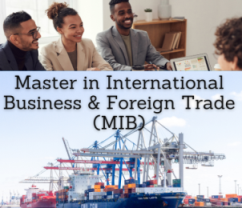
Masters adapted to  Filipino students.
Filipino students.
EENI in Tagalog: Master internasyonal Negosyo.
Languages:  or
or  Filipinas
Filipinas  Philippines.
Philippines.
- Subject Credits “Doing Business in the Philippines”: 2

International Trade, Logistics and Business in the Philippines.

- Access to the East-West Economic Corridor (Myanmar-Thailand-Laos-Vietnam)
- Access to the Nanning-Singapore Economic Corridor
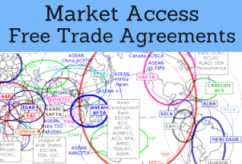
Philippine Trade Agreements and Market Access:
- ASEAN
- ASEAN Free Trade Area
- ASEAN Economic Community
- East ASEAN Growth Area
- The Philippines has trade agreements (as a member of ASEAN) with China, India, Australia-New Zealand, the EU, Japan, Korea, Russia, and the United States
- APEC
- Japan-Philippines Economic Partnership Agreement
- European Union-Philippines
- European Union-Philippines Partnership and Cooperation Agreement
- ASEAN-European Union
- EFTA-Philippines Agreement
- Regional Comprehensive Economic Association
- Global System of Trade Preferences
- Trade Negotiations Among Developing Countries
- Trans-Pacific Partnership (CPTPP) - Candidate Country
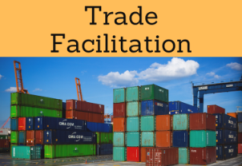
- World Trade Organization (WTO)
- Agreement on Trade in Services (GATS)
- Agreement on the Application of Sanitary Measures
- Agreement on Technical Barriers to Trade
- Agreement on Preshipment Inspection
- Agreement on Safeguards
- Trade Facilitation Agreement
- World Customs Organization (WCO)
- Kyoto Convention
- Hamburg Rules
- BIC (Containers)
- Chicago Convention (ICAO)
- International Maritime Organization (IMO)
- Istanbul Convention - not a member
- International Chamber of Shipping
- Customs Convention on Containers - not a member
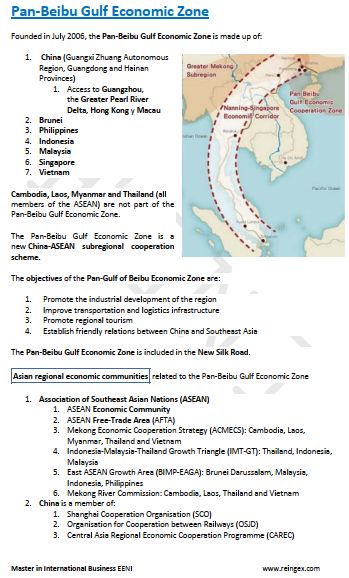
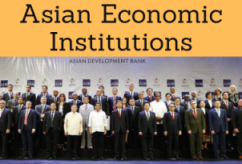
- Asian Development Bank
- Colombo Plan
- Boao Forum for Asia
- Asia Cooperation Dialogue
- Economic Commission for Asia (ESCAP)
- East Asia-Latin America Cooperation
- Africa-Asia Partnership
- Asia-Middle East Dialogue
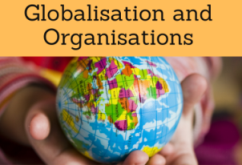
- United Nations
- World Bank
- World Trade Organization (WTO)
- Pacific Economic Cooperation Council
- International Monetary Fund
- Philippine Capital: Manila
- The largest city of the Republic of the Philippines: Quezon City
- The Philippine official languages are Filipino (Tagalog) and English
- In the Philippines, they are nineteen recognized regional language
- Spanish and Arabic are also used
- Philippine Area: 300,000 km²
- Philippine Population: 102 million people
- Main Philippine ethnic groups are Visayan (34%), Tagalog (28%), Ilocano (10%), and Bicolano (7%)
- Type of Government of the Philippines: Unitary Presidential Constitutional Republic
- Independence of the Philippines:
- 1898 (from Spain)
- 1946 (from the United States)
- Maritime borders of the Philippines: Indonesia, Malaysia, Palau, Taiwan and Vietnam
Main religion in the Philippines: Christianity (Catholicism: 75 million) and Islam (10%).
Philippine Economy.
- The Philippines is the 39th largest economy in the World
- Philippine agricultural sector: 14% of GDP and 32% of the labour force
- Industry: 30% of GDP and 14% of the workforce
- Services sector of the Philippines: 56% of GDP and the 47% of the workers
- The Republic of the Philippines is an excellent platform for International Business
- The Philippines is strategically located in the middle of two important Foreign Trade routes: The Pacific Ocean and the South China Sea
- Philippine Currency: Peso (PHP)
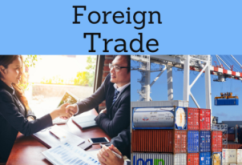
International Trade of the Philippines.
- The Philippines is the largest copper exporter in Southeast Asia
- Top trading partners of the Philippines are the United States, and Hong Kong, and Hong Kong
- Top exports products of the Philippines: semiconductors, electronic products, Transport equipment, garments, copper products, and petroleum
- The Philippine company “Madagascar International Container Terminal Services” manages the Toamasina Autonomous Port
Foreign Direct Investment (FDI). Foreign investors are allowed to invest 100% equity in enterprises occupied in nearly all types of business activities.
Sample: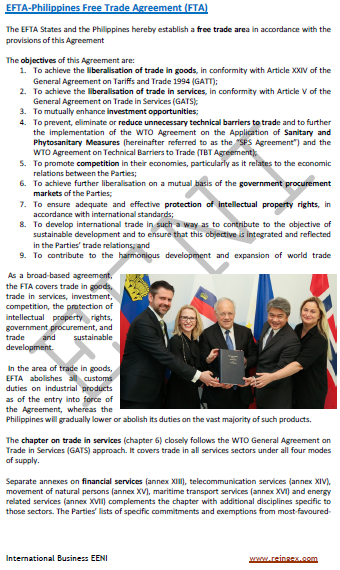
(c) EENI Global Business School (1995-2025)
Top of this page

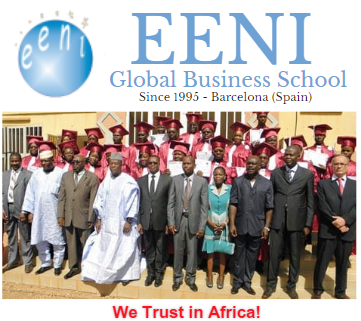



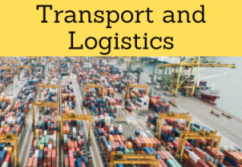
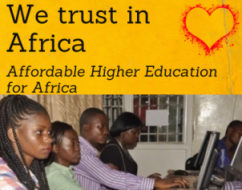


 WhatsApp
WhatsApp